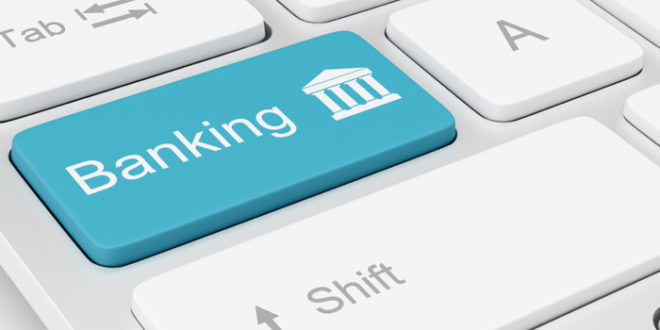Tags Blockchain Digital Banking Identification Payments
Blockchain, the technology underpinning cryptocurrencies such as bitcoin, was initially treated with skepticism by banks; however, blockchain has become the latest buzzword in the financial sector. Here are the five areas within the sector most likely to be affected by blockchain:
- Clearing and settlement — it is estimated the some of the largest investment banks could save up to USD 10 billion by using blockchain technology to record loans and securities.
- Payments — many central banks across the world are exploring the potential of shifting part of their payment systems to run on blockchain technology, or even digital currencies. Some commercial banks, tired of waiting for central banks to act, are even pressing forward with their own similar projects.
- Trade finance — trade finance is still largely based around bills of lading or letters of credit being sent by fax or post. Many believe that blockchain technology is the obvious solution to modernize this area, especially as numerous parties may need access to the same information.
- Identity — for years, banks have tried (and failed) to set up a shared digital utility to record customer identities. Blockchain technology could be the solution because of its cryptographic protection and its ability to share a constantly updated record with many parties.
- Syndicated loans — in the U.S., syndicated loans, on average, take 19 days for all transactions to be settled by banks. Moreover, when a customer pays a loan off early, much of the communication is still done by fax. Blockchain technology could help speed this process up enormously.
 BFC Bulletins Monthly News Digest
BFC Bulletins Monthly News Digest




